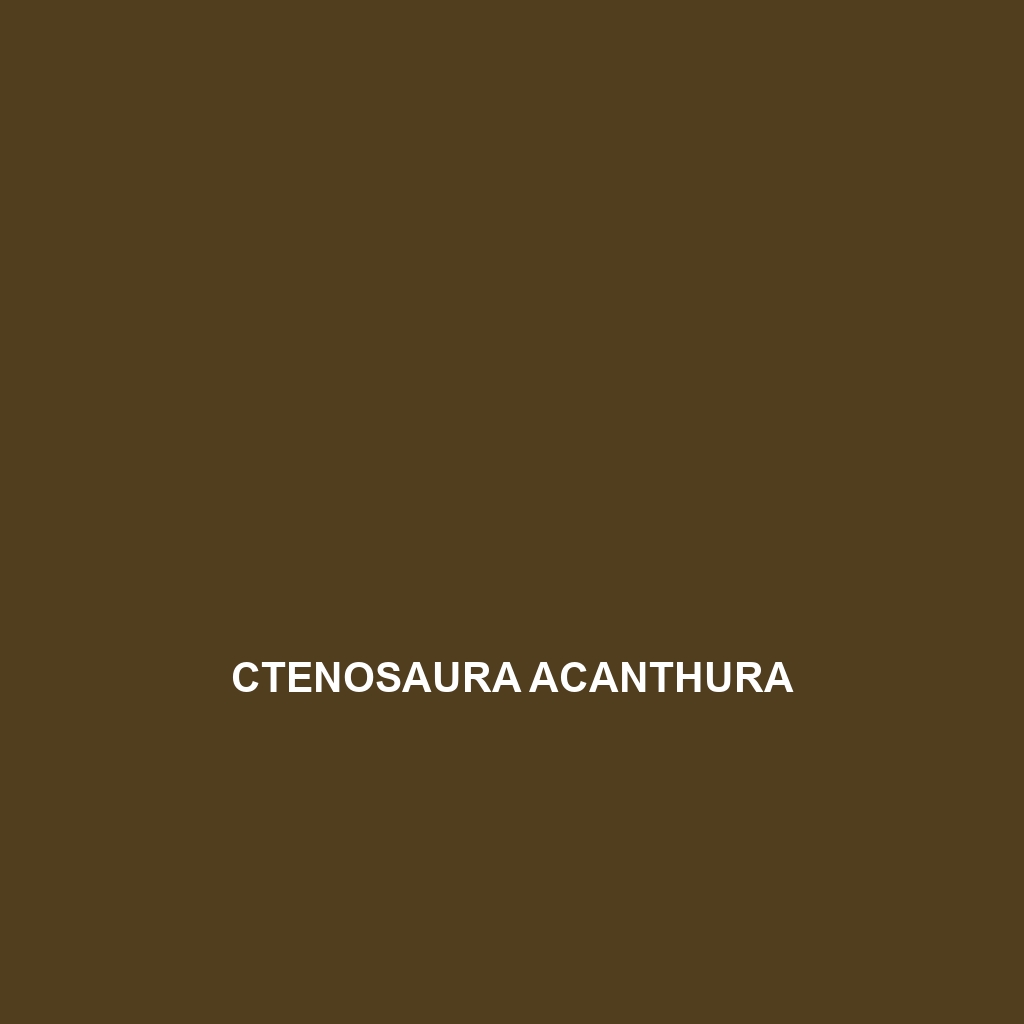Ctenophorus yinnietharra: A Comprehensive Species Description
Common Name: Ctenophorus yinnietharra
Scientific Name: Ctenophorus yinnietharra
Habitat
Ctenophorus yinnietharra is primarily found in the arid regions of Australia, notably in parts of Western Australia. This species thrives in sandy and rocky environments, often associated with Spinifex grassland and shrubland habitats. Its geographical range includes the Yinnietharra area, which provides a unique microhabitat supporting its population.
Physical Characteristics
The Ctenophorus yinnietharra is a medium-sized lizard, reaching lengths of approximately 10 to 20 centimeters. It displays a striking color pattern, typically featuring earthy browns with lighter stripes along its body, which aids in camouflage against its natural surroundings. A distinctive characteristic of this species is its robust build and strong limbs, adapted for agility. This lizard also exhibits sexual dimorphism, with males often displaying more vibrant coloration than females, particularly during mating seasons.
Behavior
Ctenophorus yinnietharra is known for its diurnal habits, being most active during the daytime. This lizard exhibits territorial behaviors, with males often engaging in displays of dominance that include push-ups and frill expansions. It is also known to exhibit social behaviors, often basking in groups on sun-heated rocks during cooler mornings.
Diet
The diet of Ctenophorus yinnietharra primarily consists of insects and other small invertebrates. Key food sources include grasshoppers, crickets, and beetles. This lizard engages in foraging behaviors, actively hunting or ambushing prey within its territory, thus playing an essential role in the control of insect populations in its habitat.
Reproduction
Reproductive activity in Ctenophorus yinnietharra typically occurs in the warmer months, with the breeding season peaking during spring. Females usually lay clutches of 2 to 7 eggs within sandy substrates, providing protection from harsh environmental conditions. After an incubation period of approximately 6 to 8 weeks, hatchlings emerge, exhibiting independent behaviors from birth.
Conservation Status
The current conservation status of Ctenophorus yinnietharra is classified as ‘Vulnerable’ due to habitat loss and degradation from agricultural activities and urbanization. Conservation efforts are critical to ensure that this species continues to thrive in its native environment.
Interesting Facts
One fascinating fact about Ctenophorus yinnietharra is its ability to change its behavior based on environmental conditions. During particularly hot days, it will utilize shade and burrowing techniques to avoid overheating. Additionally, its vibrant colors during the mating season serve not only for attraction but also as a signal to other males to ward off competition.
Role in Ecosystem
Ctenophorus yinnietharra plays a vital role in its ecosystem as both a predator and prey. By controlling insect populations, it contributes to the overall health of its habitat. Additionally, it serves as a food source for larger predators, thereby supporting the broader food web in its arid environment.
This structured HTML content provides a comprehensive overview of the species `Ctenophorus yinnietharra`, incorporating SEO-friendly elements such as relevant keywords and clear headings for better search engine visibility.
